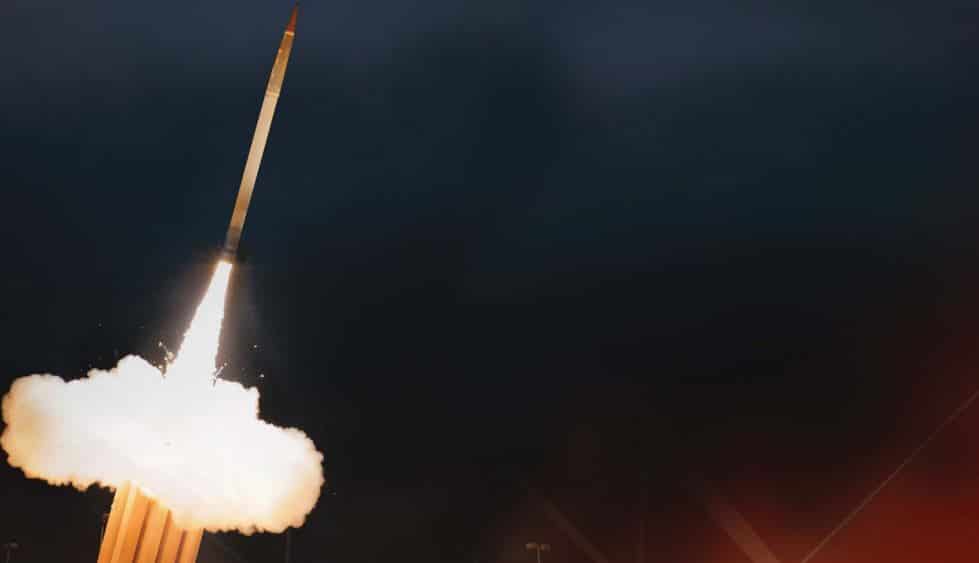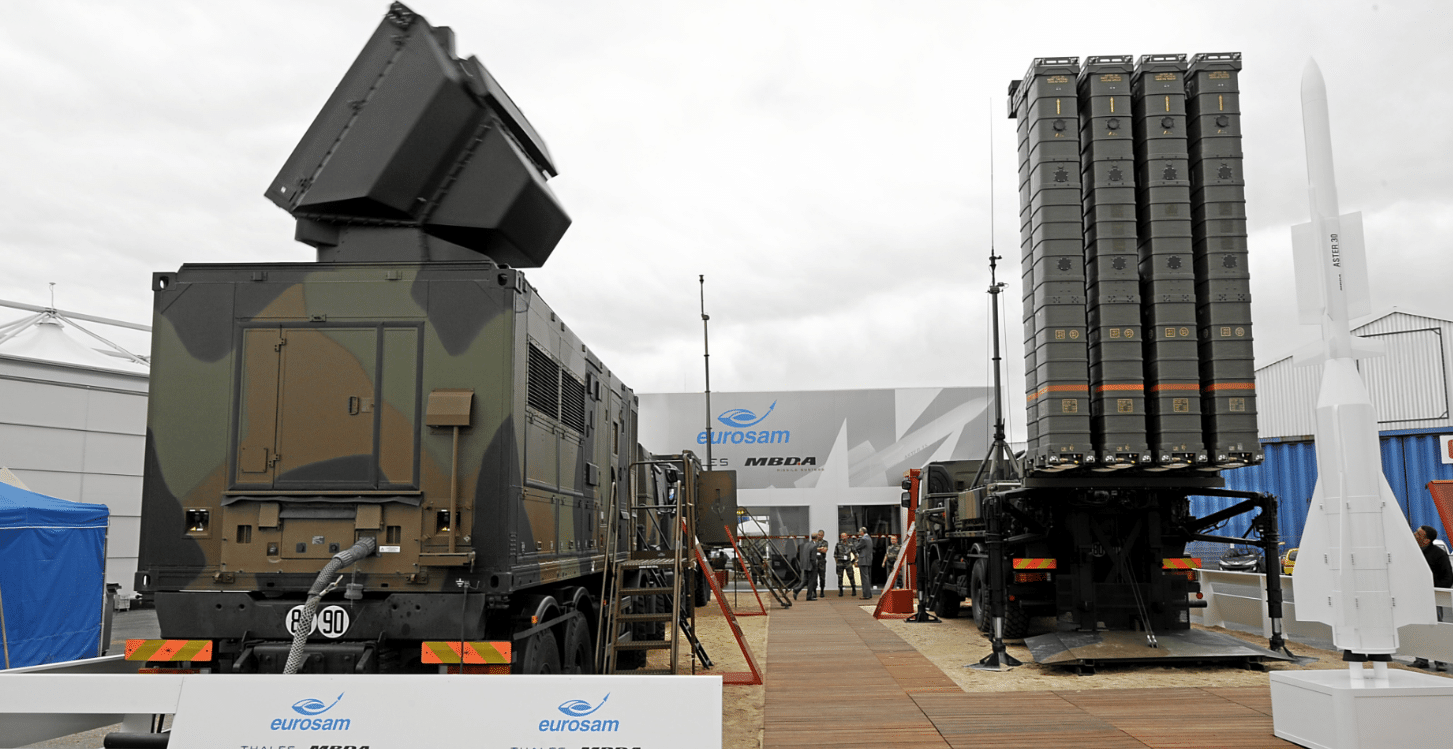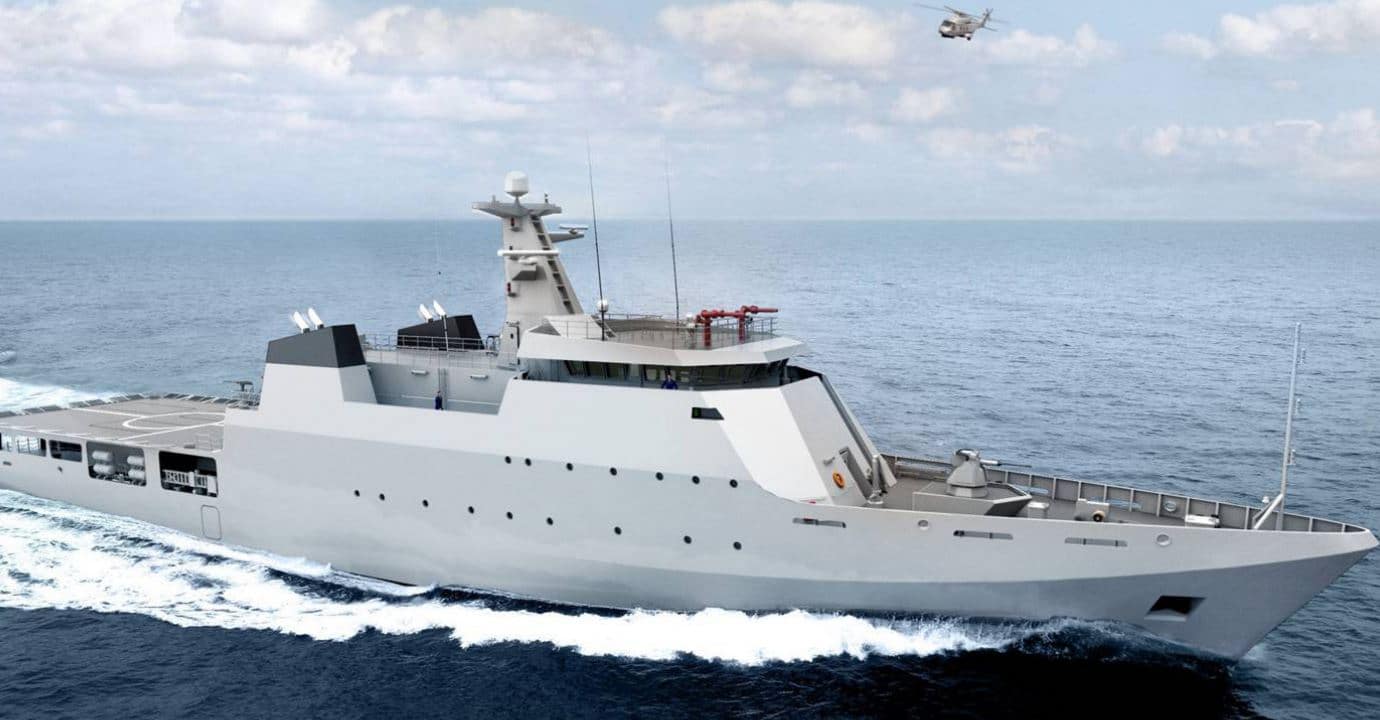30Views 7Comments

US State Department approves THAAD sale to Saudi Arabia
The U.S. State Department approved a $15 billion U.S. sale for the Terminal High Altitude Area Defense (THAAD) system to Saudi Arabia. Congress was notified of the proposed sale on Friday, October 06.
The proposed contract involves the sale of 44 THAAD launchers with 360 THAAD Interceptor Missiles, 16 Fire Control and Communications Mobile Tactical Station Groups, seven AN/TPY-2 THAAD radars and the requisite maintenance support, technical documentation, training and other ancillary services.
In its statement, the Defence Security Cooperation Agency (DSCA) states:
“This potential sale will substantially increase Saudi Arabia’s capability to defend itself against the growing ballistic missile threat in the region. THAAD’s exo-atmospheric, hit-to-kill capability will add an upper-tier to Saudi Arabia’s layered missile defense architecture and will support modernization of the Royal Saudi Air Defense Force.”
The THAAD is part of the landmark $110 billion U.S. arms package agreed upon by Riyadh and Washington in May of this year. Saudi Arabia is already an operator of the Patriot SAM system. Moreover, in 2015 it had requested a purchase of Patriot Advanced Capability-3 (PAC-3) systems.
An anti-ballistic missile (ABM) system, the THAAD relies on hit-to-kill technology (i.e. using a missile’s kinetic energy) to intercept incoming (terminal-stage) ballistic missiles.
Shortly before the State Department’s notification, Saudi Arabia had agreed to acquire the Almaz-Antey S-400 Triumf long-range air defence system from Russia. Saudi Arabia Military Industries (SAMI) even sent a press release stating that it will manufacture S-400 components.
However, Russia’s Deputy Prime Minister Dmitry Rogozin told TASS that while Saudi Arabia has initiated negotiations for the S-400, neither side has reached a final decision. If both programs come to fruition, Saudi Arabia would operate two marquee systems in parallel.
The THAAD (and S-400) are envisaged to support Saudi Arabia’s Vision 2030 initiative, which aims to have up to 50% of all Saudi defence expenditure channelled through the domestic defence industry.
However, implementation will vary between contracts, and broad commitments to economic offsets does not mean that Saudi Arabia will benefit from critical technology transfers in all areas, especially sensitive areas such as long-range active phased-array radars and long-range SAMs.


